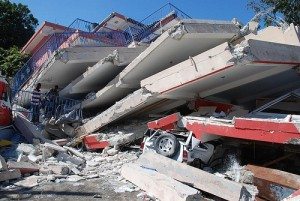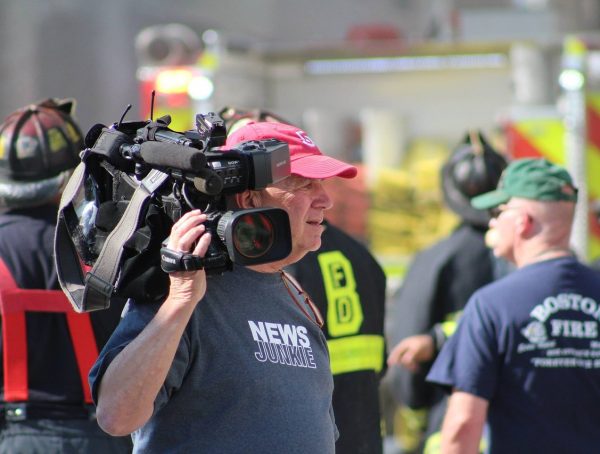 The earthquake in Haiti was devastating for the country and a challenge for journalists trying to cover it. Now, a month after the quake, it seems like a good time to share some lessons learned there and in other crises that could apply when disaster strikes closer to home.
The earthquake in Haiti was devastating for the country and a challenge for journalists trying to cover it. Now, a month after the quake, it seems like a good time to share some lessons learned there and in other crises that could apply when disaster strikes closer to home.
Amy Webb at IJNet says many reporters were ill prepared to get to work immediately when they arrived in Haiti. At a minimum, she says, journalists need to carry the right equipment and know how it works. Here’s part of her gear list:
- Laptop, additional laptop battery, as well as the laptop’s power supply with international adapters, if necessary.
- Mobile phone – with data plan – that’s capable of taking photos and video. You should already have your email accounts set up.
- Additional mobile battery or battery pack, as well as the phone’s power supply and international adapters, if necessary.
- A digital camera capable of taking high-resolution photos, along with an extra memory card and a card reader (or necessary cables) for your laptop. Extra batteries for your camera.
- An extension cord and portable outlet strip.
Notice the emphasis on batteries? Without them, you may be out of business, says Webb, so “recharge and refresh often!” She also has these good suggestions for how to report in a crisis situation:
- Aim to report in small chunks, to keep yourself (and your notes!) organized. Don’t wait until the end of a long, traumatic day to start piecing together what happened in the morning and the interviews you conducted. Have a good process in place and use it.
- File short stories immediately, and when you’re ready write or produce the longer features or analysis pieces.
There’s a lot more advice on how to cover disasters in a manual I wrote for the International Center for Journalists that’s just been posted online. Co-author Sherry Ricciardi of Indiana University provided the section on dealing with trauma. Take a look now so you’ll be prepared when the next disaster hits.








